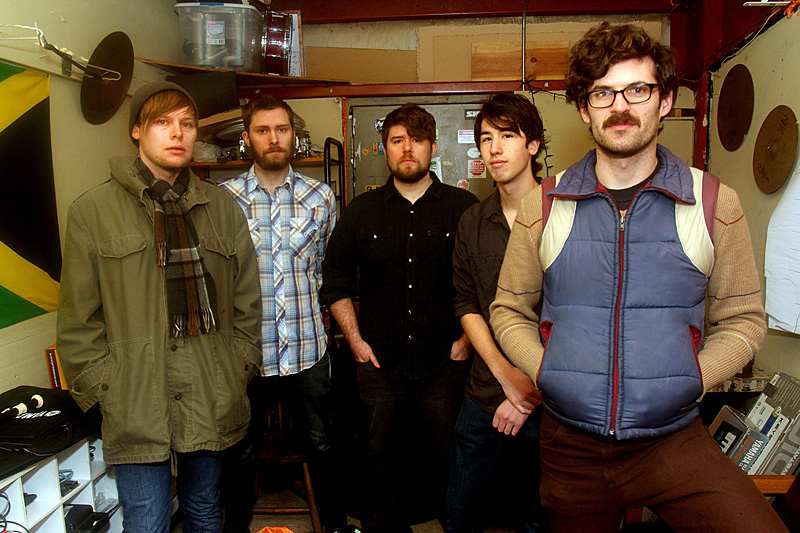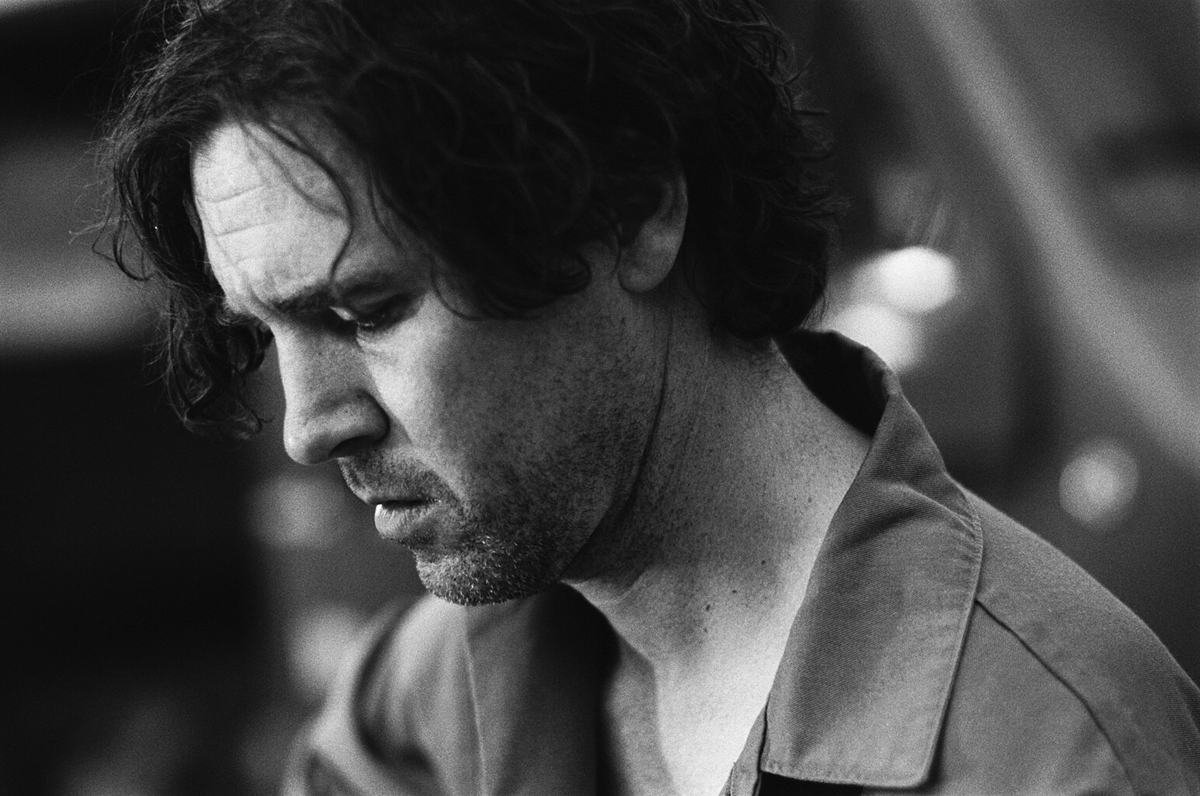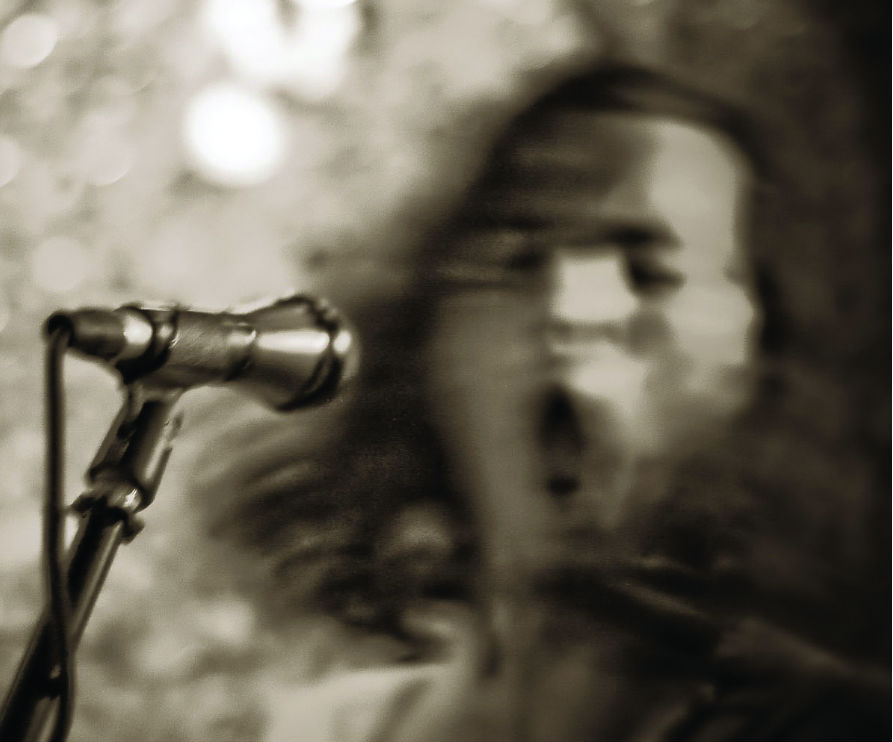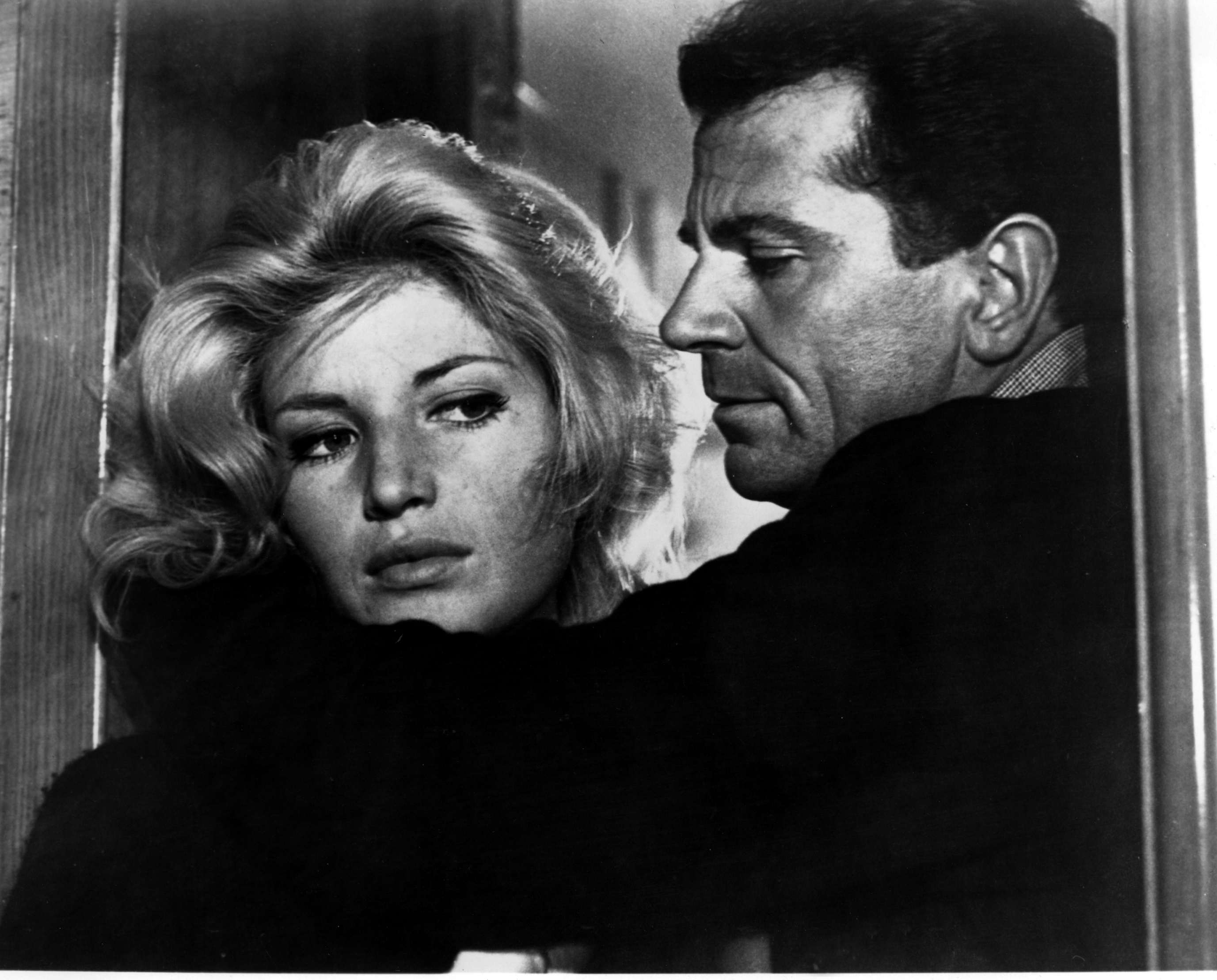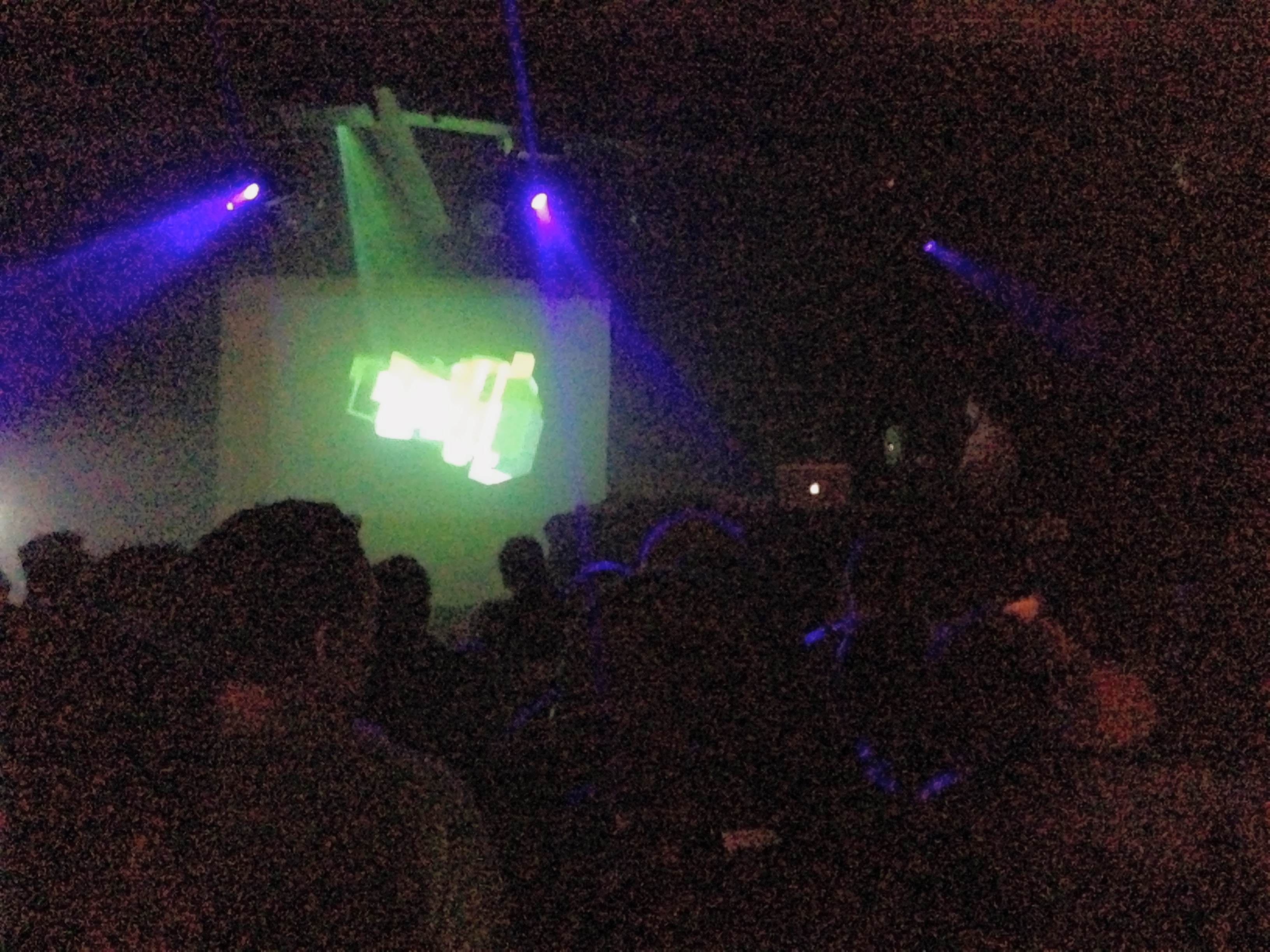Western Haunts practices at the top of a steep flight of outdoor stairs, above a 1-800-GOT-JUNK building, in front of a parking lot of abandoned cars on a barren stretch of Highway 99 just south of the Aurora Bridge.
“When [the landlord] showed us the room, there was a big hole the previous tenant had knocked out for a rave party,” bassist Derrick Wright said while motioning toward a door that separates the main practice room from a control room with a mixer and other recording equipment.
Upon moving in, the band painted the graffiti-covered walls and retrofitted the room for recording. The unheated room smells faintly of mildew, and on this particular December afternoon is freezing cold—the band is gathered around a space heater in the control room, and their breath hangs in the air as they talk. From the pink walls to the grimy plywood floors, it isn’t hard to imagine the room being inhabited by a down-and-out bunch of punk rockers. But punks the members of Western Haunts are not.
This rough, hardscrabble setting starkly contrasts with Western Haunts’ sound. The band’s lush blend of folk, dream-pop, and shoegaze is characterized by layers of reverb-heavy guitar and Jake Witt’s soaring tenor, remarkably similar to the androgynous howl of Beach House’s Victoria Legrand. Paradoxically, it’s a sound that might have never developed without the creative freedom the hybrid practice space/recording studio offers. “We talk a lot about our practice space,” affirms Wright, “but it defines a lot of who we are.”
Last January’s Shed Your Summer Shell and October’s exceptional Utøya EP were both recorded in the room off Aurora, and the latter nicely underscores Wright’s point. The band finished writing the EP’s three songs during the recording process, and it shows. Utøya‘s intricate layers of guitar and keyboard testify to the band’s attention to detail, but are also indicative of the practice space’s advantage: freedom from the time and financial constraints of traditional studios, which allows Western Haunts to fine-tune its sound in a way many new bands can’t.
Still, the current situation hasn’t been without its pitfalls. “During the time we were recording the first record, the people living next door were cooking meth and having sex,” said Witt. It’s difficult to tell whether he’s being facetious.
Witt, an Ohio native, met Wright, keyboardist Michel DeBauge, and guitarist Nathan Hamlett through a Craigslist ad in the fall of 2009, intending to play drums in their already formed band. When material from silOHs, Witt’s solo project, led to show opportunities and KEXP airplay, the group changed its name to Western Haunts, added Witt’s brother Nathan as a drummer, and fleshed out the silOHs material into full-band arrangements. Right away, the newly formed band added a new dimension to Witt’s material. “I grew up listening to a lot of shoegaze music,” he said, “so I love the layers and layers of sound, and these dudes are great at building that wall.”
Despite the band’s increasingly collaborative nature, Witt was responsible for Utøya‘s thematic focus. The EP was named after the island near Oslo, Norway, where Anders Behring Breivik killed 69 people at a summer camp last July. The tragedy was highly personal for Witt, who has spent time in the country and whose wife is Norwegian.
“When that happened, it hit me pretty hard,” he said. “It hit my wife really hard, because she was so far away from it and her family was right in the middle of it, experiencing it. So we just watched it on TV, and seeing the pictures flooding in was really surreal.”
In the coming months, Western Haunts plans to record material for a follow-up EP. If Utøya‘s expansiveness and nuances are any indication, the new songs will represent a band growing into its sound—and its practice space—which is among the most interesting in town.
